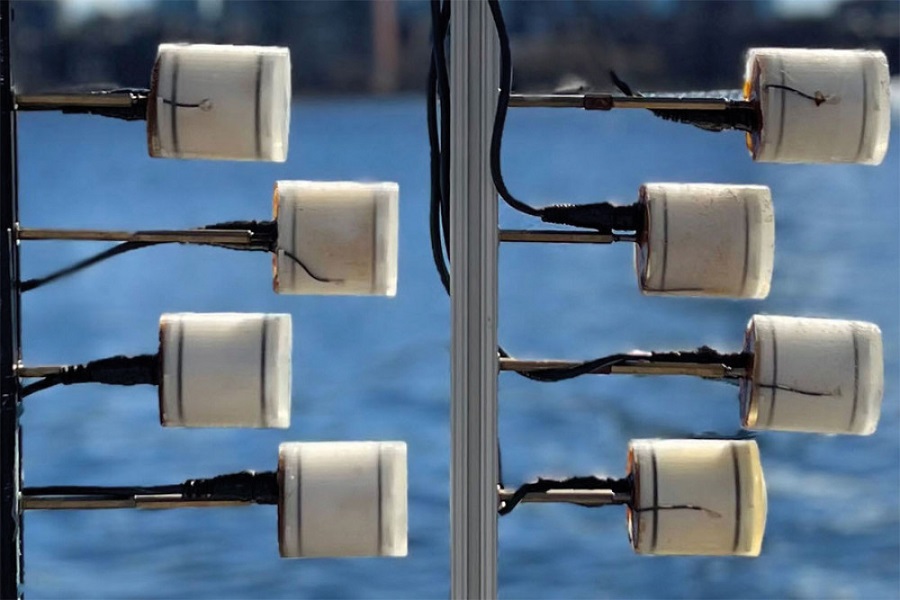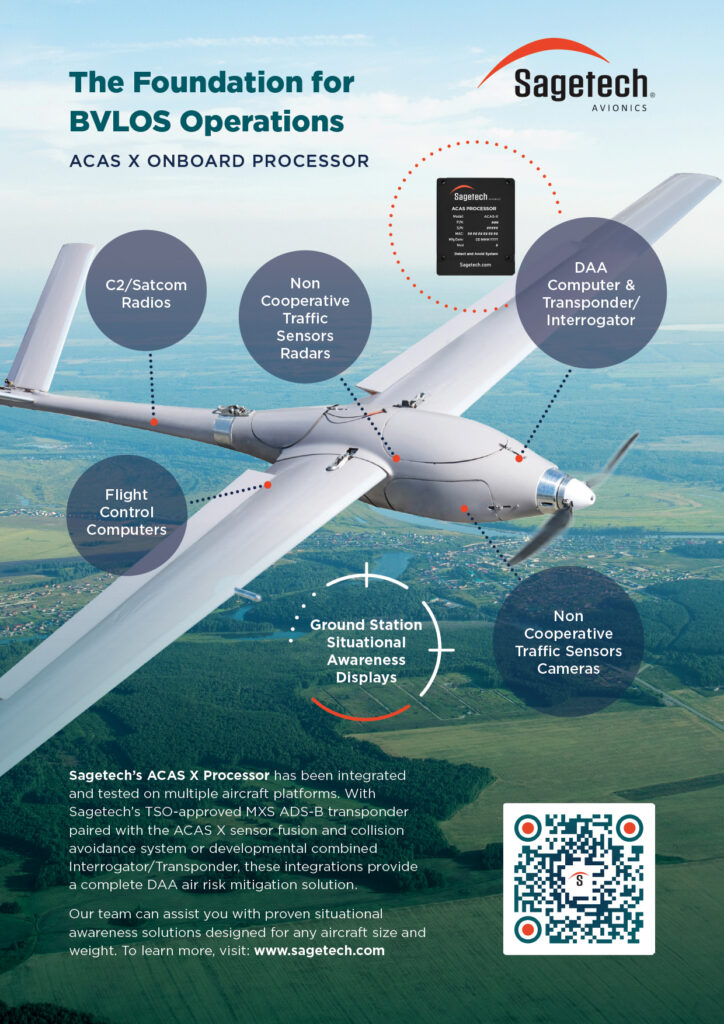Long-range subsea array

A low-power underwater comms system that can transmit signals across kilometres has been announced (writes Nick Flaherty).
Researchers at MIT in the US used piezoelectric transducers and a backscatter technique for communicating over several kilometres.
Underwater backscatter enables low-power comms by encoding data in sound waves that it reflects, or scatters, back toward a receiver. This enables reflected signals to be more precisely directed at their source and to use the reflected energy to reduce the overall power consumption.
A Van Atta array, in which symmetrical pairs of antennas are connected in such a way that the array reflects energy back in the direction it came from, was used to boost the efficiency of the link and reduce the power consumption.
However, connecting piezoelectric nodes to make a Van Atta array reduces their efficiency. The researchers avoided this problem by placing a transformer between pairs of connected nodes so that the nodes reflect the maximum amount of energy back to the source.

When building the array, the researchers found that if the connected nodes were too close, they would block each other’s signals. They therefore produced a new design with staggered nodes that enables signals to reach the array from any direction. With this design, which is scalable, the more nodes in an array, the greater its comms range.
The team tested the array in more than 1500 experimental trials in the Charles River in Cambridge, Massachusetts, and in the Atlantic Ocean, off the coast of Falmouth, Massachusetts, in collaboration with the Woods Hole Oceanographic Institution. The device achieved comms ranges of 300 m at 500 bit/s, more than 15 times longer than previously demonstrated, with a bit error rate of 10−3 and an input power of 1.8 W.
“What started as an exciting intellectual idea a few years ago — underwater communication with a million times lower power — is now practical and realistic,” said Fadel Adib, associate professor in the Department of Electrical Engineering and Computer Science, and director of the Signal Kinetics group in the MIT Media Lab. “There are still a few technical challenges to address, but there is a clear path from where we are now to deployment.”
To better understand the limits of underwater backscatter, the team also developed an analytical model to predict the technology’s maximum range. The model, which they validated using experimental data, showed that the system could communicate across kilometre-scale distances.
For instance, the researchers needed to derive a function that captures the amount of signal reflected out of an underwater piezoelectric node with a specific size, which was among the biggest challenges of developing the model.
UPCOMING EVENTS























